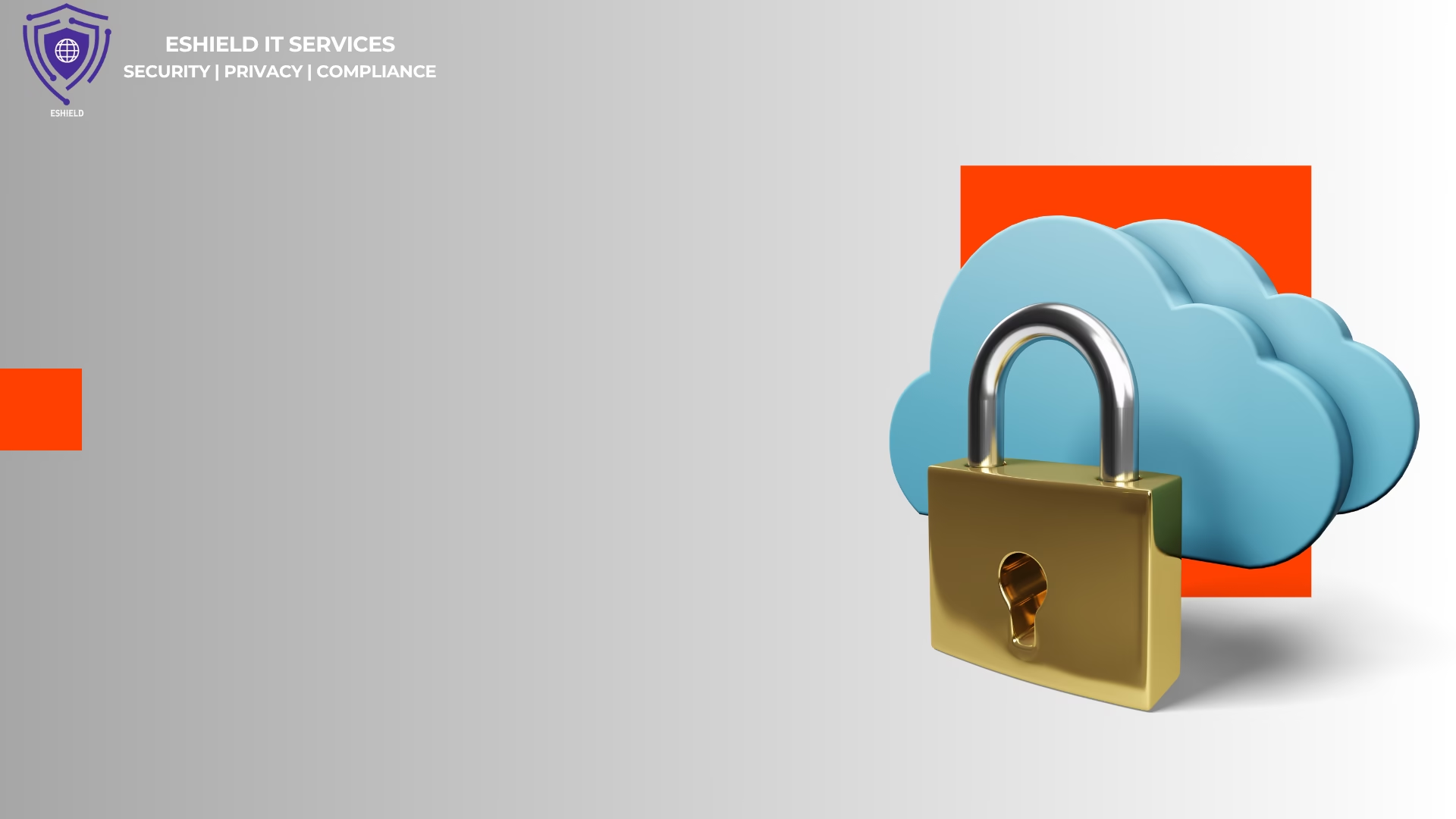In today’s digital-first world, web applications serve as the entry point for customers, partners, and even internal employees. They carry sensitive information, drive critical business operations, and directly impact user trust. However, with growing reliance on these applications comes increased risk. That’s where Web Application Security Auditing becomes not just important, but essential.
This comprehensive guide explores what web application security auditing is, why it’s important, how it’s conducted, and how it can benefit your business—especially in a threat-prone and compliance-heavy landscape.
What is Web Application Security Auditing?
Web application security auditing is a thorough process of assessing the security posture of a web application. It involves scanning, testing, analyzing, and reviewing the application to identify vulnerabilities and weaknesses that could be exploited by malicious actors.
This audit includes both automated tools and manual testing techniques to ensure all layers of the application are reviewed—right from front-end interfaces to server-side configurations.
Why Web Application Security Auditing is Critical
Businesses are under increasing pressure to secure their digital assets. Here’s why web application audits are a critical part of a strong cybersecurity strategy:
- Web applications are publicly accessible and therefore exposed to a wide array of potential attacks.
- They often store or transmit sensitive data such as login credentials, payment details, and personal information.
- Compliance standards like PCI DSS, HIPAA, and GDPR require regular security audits.
- A single breach can damage a company’s reputation and lead to significant financial losses.
- Threats continue to evolve. Regular audits help in identifying new vulnerabilities and addressing them before they’re exploited.
Common Vulnerabilities in Web Applications
Understanding what to look for is key to a successful security audit. Some of the most common vulnerabilities include:
- SQL Injection (SQLi)
- Cross-Site Scripting (XSS)
- Cross-Site Request Forgery (CSRF)
- Insecure Direct Object References (IDOR)
- Broken Authentication and Session Management
- Security Misconfigurations
- Insecure Deserialization
- Sensitive Data Exposure
- Lack of Proper Logging and Monitoring
These weaknesses can lead to data theft, unauthorized access, and system downtime if left unchecked.
Core Components of a Web Application Security Audit
At eShield IT Services, we follow a structured and comprehensive auditing process. Each component is essential in delivering a complete picture of your application’s security health.
1. Information Gathering
This step involves collecting data about the web application such as the technology stack, third-party libraries, API endpoints, and architecture. Understanding the environment helps in identifying potential attack vectors.
2. Threat Modeling
We analyze how the application handles data and which areas are most exposed to threats. This allows us to prioritize critical areas that require immediate attention.
3. Vulnerability Scanning
We use industry-standard tools to scan for known vulnerabilities across the application. This automated step helps in quickly identifying low-hanging issues like outdated libraries, misconfigured headers, and basic input validation flaws.
4. Manual Testing
While automated scanners are useful, they cannot detect complex vulnerabilities like business logic errors. Manual testing allows our experts to simulate real-world attack scenarios and discover flaws that automated tools may miss.
5. Source Code Review (If Applicable)
If source code access is granted, our team performs a static code analysis to find security issues embedded deep within the codebase. This includes checking for insecure coding patterns, weak encryption methods, and hardcoded credentials.
6. Penetration Testing
This stage involves simulating real attacks to exploit identified vulnerabilities. The objective is not just to detect but to validate the risks and understand the potential damage.
7. Configuration Review
Web servers, databases, and frameworks all come with configurations that affect security. We review these settings to ensure that best practices such as disabling directory listing or securing HTTP headers are in place.
8. Reporting and Remediation Guidance
The final audit report includes a detailed list of vulnerabilities, their severity levels, proof-of-concept exploits, and clear remediation instructions. We also map these issues to compliance standards to help with certifications.
Tools Used in Web Application Auditing
Some of the top tools we use during our audits include:
| Tool | Purpose |
|---|---|
| OWASP ZAP | Scanning for web vulnerabilities |
| Burp Suite | Manual testing and traffic interception |
| SQLMap | SQL injection testing |
| Nikto | Web server scanning |
| Wapiti | Detecting common security flaws |
| Arachni | Framework for complex web application testing |
| Nmap | Network and port scanning |
Each tool is used in context to ensure precise and efficient vulnerability discovery.
Manual Testing vs Automated Scanning
Automated scanning is useful for identifying surface-level issues. However, many critical vulnerabilities, such as access control flaws and logic bugs, can only be discovered through manual inspection.
Manual testing brings human judgment, creativity, and experience into the audit. This is especially important for applications with complex business workflows, custom logic, or integrations with third-party systems.
Case Study: How We Helped a Retail Company in Dubai
A leading online retail platform contacted eShield IT Services after observing unauthorized admin activity.
During the audit, we discovered:
- Weak session handling
- Insecure admin panel URLs
- JavaScript files revealing sensitive backend information
After addressing these issues, the client saw a significant drop in suspicious activities and successfully passed a PCI DSS audit.
Compliance and Regulatory Support
Security audits are not only a best practice—they are often legally mandated. Our audits support a wide range of compliance standards including:
- General Data Protection Regulation (GDPR)
- Payment Card Industry Data Security Standard (PCI DSS)
- Health Insurance Portability and Accountability Act (HIPAA)
- ISO/IEC 27001 Information Security Management
Our audit reports are tailored to meet specific industry compliance frameworks, making your certification process smoother and faster.
When Should You Conduct a Web Application Security Audit?
Security audits should be a regular part of your development lifecycle. Consider scheduling an audit in the following scenarios:
- Before launching a new web application or major feature
- After a significant code change or system upgrade
- As part of regular security maintenance (every 6 to 12 months)
- Following a suspected breach or security incident
- During compliance certification preparation
Web Application Security Audit Checklist
Here is a general checklist used by our auditors at eShield IT Services:
- Identify web app architecture and components
- Scan for known vulnerabilities using automated tools
- Perform manual testing for complex flaws
- Evaluate authentication and session management
- Analyze access control mechanisms
- Test for injection flaws (SQLi, XSS, etc.)
- Review third-party libraries and plugins
- Check security headers and SSL configurations
- Validate input and output sanitization
- Review error handling and logging mechanisms
- Simulate real-world attacks (pen testing)
- Provide detailed report and remediation plan
Why Choose eShield IT Services?
Here’s what sets us apart:
- Experienced cybersecurity professionals with global certifications
- Deep understanding of region-specific threats, especially in the UAE and Gulf region
- Customized audit approach for each client’s environment
- Transparent, actionable reports with full remediation support
- Follow-up testing after fixes to ensure risk mitigation
- Full range of services including firewalls, endpoint protection, and ongoing monitoring
Conclusion
Web application security auditing is not just about fixing bugs—it’s about building trust, ensuring compliance, and protecting your digital assets. In a connected world, your web app is often the first—and sometimes only—interaction point with users. Securing it must be a top priority.
At eShield IT Services, we go beyond traditional testing to offer tailored, high-impact security audits that not only detect vulnerabilities but empower you to fix them effectively. Whether you are a startup launching your first platform or an enterprise managing dozens of applications, we have the tools, expertise, and experience to secure your digital presence.
Get in touch today to schedule your web application security audit and take the first step toward a safer, stronger, and more resilient application environment.
Frequently Asked Questions
1. How long does a typical web application audit take?
Depending on the size and complexity of the application, it usually takes between 3 to 10 working days.
2. Will the audit disrupt my live website?
Our testing methods are designed to be non-intrusive. If necessary, we can work during non-peak hours or in staging environments.
3. Can you help with fixing the vulnerabilities?
Yes. We provide clear remediation guidance and can work with your development team to implement the fixes.
4. Do you provide retesting after fixes are applied?
Yes, we offer a retesting phase to validate that vulnerabilities have been properly mitigated.
5. What kind of applications do you audit?
We audit all types of web applications including eCommerce platforms, CRMs, portals, APIs, and custom-built software.
6. How often should we audit our applications?
At a minimum, once every 6 to 12 months. However, more frequent audits are recommended for high-risk or frequently updated applications.
Ready to secure your application?
Contact eShield IT Services for a detailed consultation. Our team is here to help you safeguard your application and stay compliant with industry standards.


